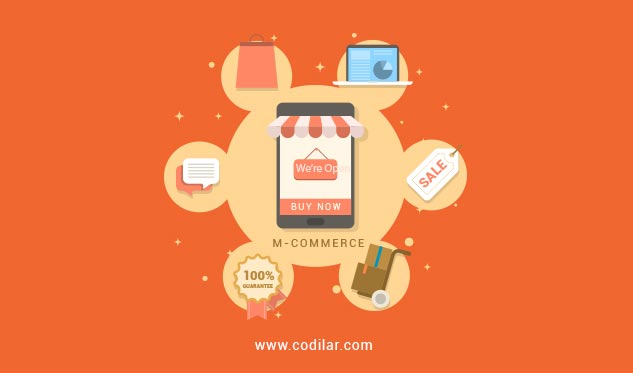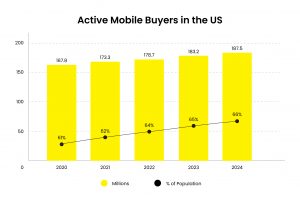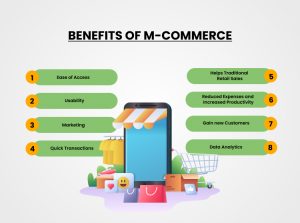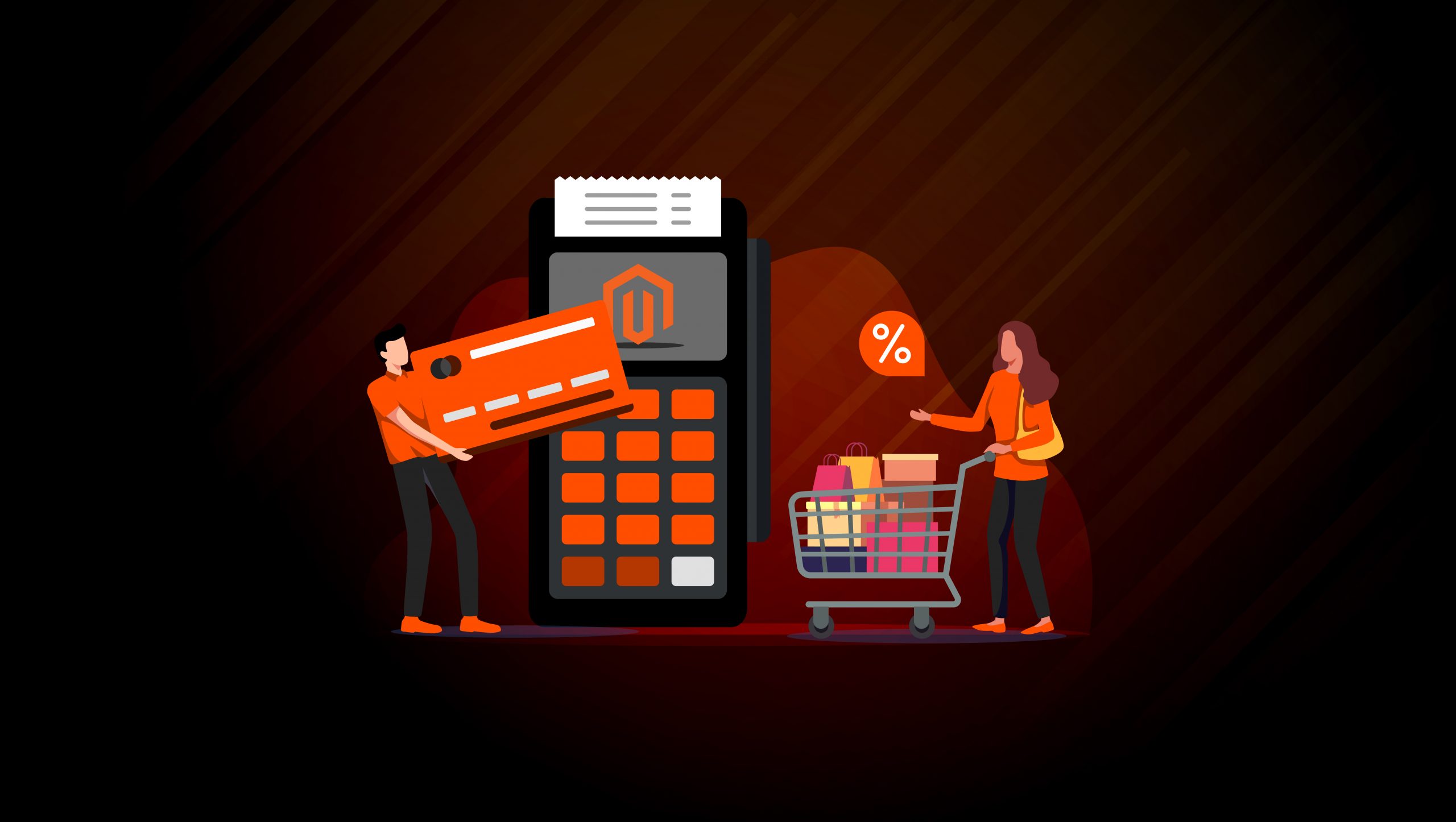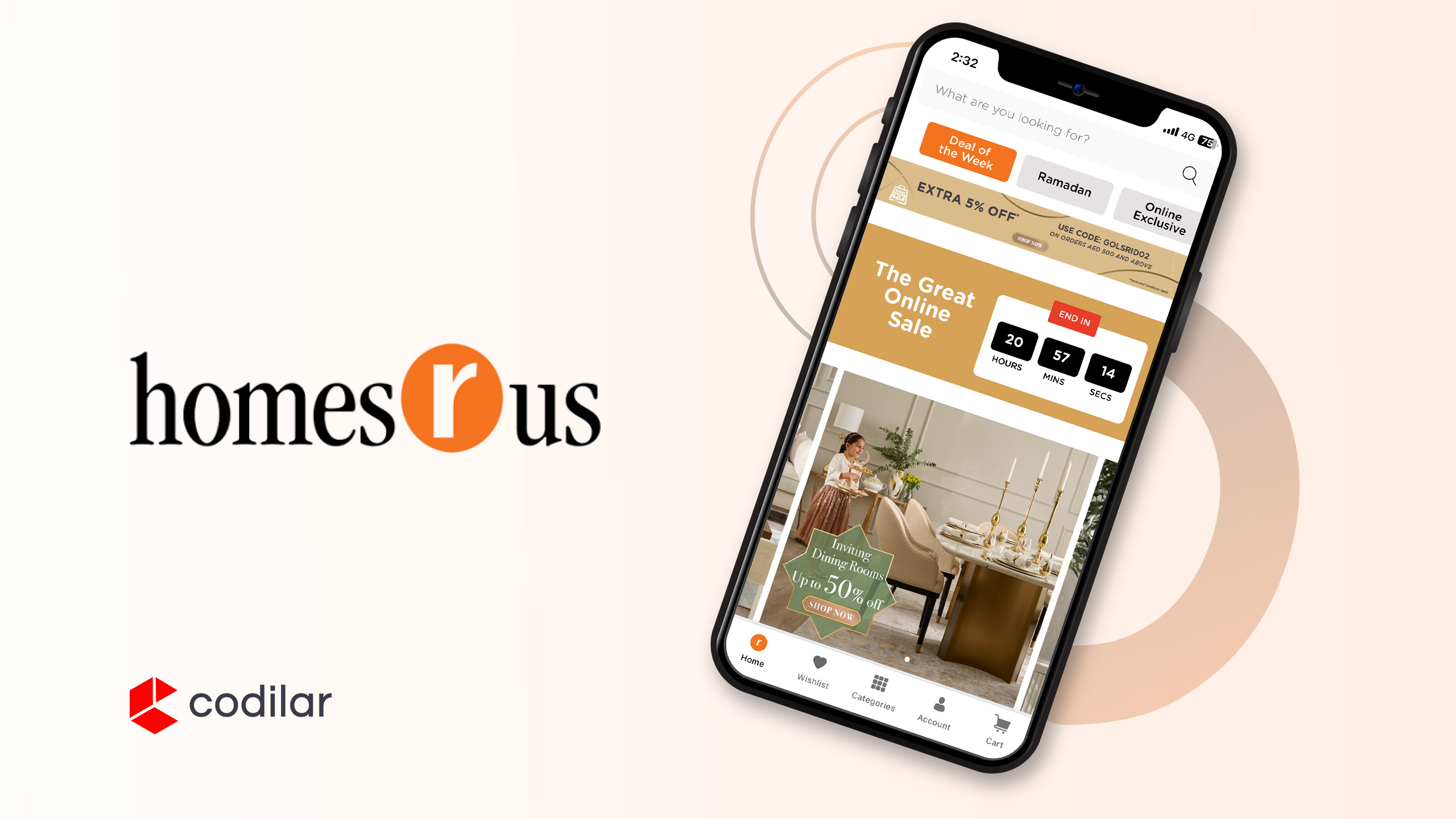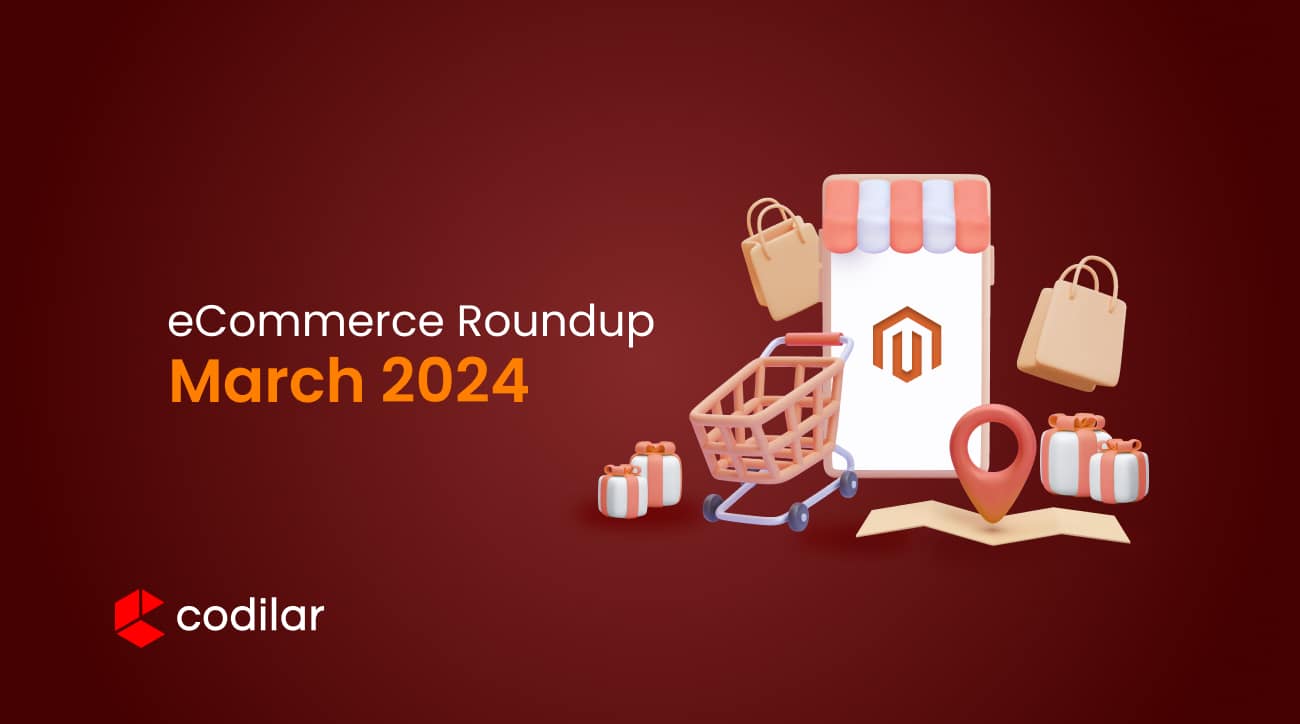Last Modified On – May 15, 2023
With such rapid growth of m-commerce in such a short span of time, there is a lot of discussion regarding the future of M-commerce. In this blog, we will talk about m-commerce trends for future and will weigh what companies need to do in order to sustain competition and grow in the mobile space.
The mobile commerce market is a growing sector and is booming proportionately with the boom in smartphones industry. It is estimated that by the end of the year 2024, the total number of online shoppers using mobile devices for their purchase in the US alone, will be 187 million.
A Throwback At Where It All Started
Mobile commerce goes back to the year 1997 when it was first used to operate and pay at a Coca-Cola Vending machine by customers using SMS services in Helsinki, Finland. It was Merita bank which first launched phone-based banking services through SMS. After the successful execution of this m-commerce experience, many countries and companies decided to follow the trend and revolutionize the way business was being done. Just a year later, in 1998, world’s first digital data download through phone also took place in Finland in the form of ringtones.
Later, two more commercial m-commerce platforms were set up in Philippines and Japan, named Smart Money and i-Mode respectively. By the year 2000, Norwegians could buy parking tickets, Austrians could buy train tickets and the Japanese could even buy flight tickets, all through their mobile phones. Since then, developments in m-commerce have been unstoppable.
Major Milestones in The Journey Of M-Commerce
There have been breakthrough developments in m-commerce since the year 1997, but the industry gained momentum only around the year 2013 with big players like Apple and Samsung introducing their own payment platforms, i.e., Apple Pay and Samsung Pay respectively. Let’s have a look here at major milestones achieved in m-commerce:
- Mobile wallets have increased in number and convenience, with Amazon Pay, Google Pay, and other e-payment methods from individual banks etc.
- M-commerce market growth has been exponential, especially in the post pandemic scenario, with mobile commerce accounting for the majority of ecommerce sales
Benefits of M-commerce
Let’s check out the impact of M-Commerce on business:
Ease of Access
Preferred retail stores can be easily accessed through mobile m-commerce apps, eliminating commutes and queues, and saving time and effort.
Usability
Mobile apps are optimized and offer quick, streamlined, and excellent shopping experiences for customers. With just a few clicks they can find what they want and buy.
Marketing
M-commerce offers a direct connection to end users, allowing you to sell directly, send push notifications about latest deals and offers, and even personalized messages to target customers more effectively.
Quick Transactions
Mobile apps are quicker than websites, so m-commerce transactions are faster, making it more attractive to shoppers. Quick browsing, better shopping experience, and anywhere access makes m-commerce a winner all the way.
Helps Traditional Retail Sales
Customers often check products on their mobile devices even when shopping in stores, to compare prices, check reviews and so on. This helps retailers boost sales in stores, and is one of the biggest benefits of mobile commerce.
Reduced Expenses and Increased Productivity
Mobile apps help to connect directly and quickly to customers, saving you big expenses on marketing campaigns; with social media integration, you can reduce expenses further, making customers your brand advocates. Mobile app development itself is cheaper than e-commerce development.
Gain new Customers
Mobile optimized sites can boost your chances of attracting new customers as people search online using mobile devices for products and services. Retargeting helps retailers to target customers who visited their sites and left without purchasing as well.
Data Analytics
Mobile apps deliver insightful analytics that enable them to target consumers effectively. Demographic data, purchase history, and contact details can be collected to predict future behavior and deliver personalized marketing messages and offers.
Mobile Commerce Trends
M-Commerce technologies have broken the barriers for a prospective buyer to be present in front of their systems. This being the biggest merit of m-commerce, users can now buy anything, anywhere and anytime. But there is much more to m-commerce than this. Advancements in m-commerce are disrupting the traditional retail systems and are putting a lot of pressure on the retailers to adapt to this quick change or shut down!
The need of shoppers for a hassle-free checkout process has created a fair opportunity for the mobile wallets to flourish.
Businesses need to transform their operating models, strategies, processes, and infrastructure into an intelligent system which could provide more personalized and relevant experiences to customers and enhance loyalty. A recent study by Bain and Company, done along with Earl Sasser of Harvard Business School, shows that a mere 5% increase in customer retention can increase the profitability by as high as 95%.
The following is likely to define the Future of M-Commerce:
One-Click Ordering
Till 2017, “1-click” ordering was patented to its pioneer, Amazon, but is now available for all to use, and it’s a trend that will define m-commerce in 2023. A customer has to input their details just once on the website, and can ‘ask’ the site to remember this data for future purchases, enabling quicker, smoother transactions, and richer customer experiences, leading to higher conversions.
Voice Search-and-Shop
Various studies conducted reveal that a huge majority of shoppers would prefer to use a voice assistant while searching during online shopping – so retailers must optimize their websites and apps for this feature. AI and voice recognition enable voice searching and shopping, making online transactions quick.
Mobile Apps and PWAs
Nearly every business worth its salt now has an app to be able to connect more directly with customers – it’s more convenient than using browsers to go to your website, even if it’s responsive. Progressive web apps or PWAs are also hugely popular as these are websites which offer the look, feel, and experience of native apps, but don’t need to be installed on user devices, saving them space. See how PWAs can benefit your business.
Chatbots
Computer programs that simulate human conversations and assist customers with their shopping are becoming more popular. They are capable of answering frequently asked queries; if the query is too complicated, it is redirected to an actual employee who can answer it. Chatbots can be online 24/7, responding to customers immediately – hence their popularity.
Mobile Payments
This is definitely going to be one of the defining features of the future of M-commerce. Including mobile wallets allow seamless, contactless payments and offer immense convenience; make sure to include them in your apps.
VR/AR
Big brands like Amazon use VR and AR to try out products before buying them, minimizing risk of the product not matching their expectations. Ikea provides furniture recommendations via this technology. When customers point the phone cam at specific spaces, the area is measured to determine ideal items of furniture.
Social Commerce
This allows customers to buy goods and services directly from social networks like Instagram without going to a website or mobile app. On an average, users spend 147 minutes on social media, around the world. This is one trend you simply cannot afford to ignore.
Omnichannel retail strategy
Omnichannel refers to using several channels, like your store, social media pages, mobile app, website, etc. to sell your goods and services, and is also one of the top Magento development trends for 2023.
It’s important to have a retail strategy that integrates all these platforms and channels, so that you can provide several options to your customer, and a seamless shopping experience as well. Many users may find your product on one device, and use another to purchase it.
Geolocation
Knowing where your customer is based helps retailers to market their business there – it allows searchers to find your business in that area.
Accessibility
Accessibility allows disabled users to shop via mobile; certainly, something retailers should be mindful of when they get their apps and websites made.
The Future of M-commerce
The online space today is flooded with apps and businesses trying to sell everything possible online.The share of m-commerce in e-commerce is expected to cross 70% globally by 2024 and the mobile wallet market is likely to touch the 3.5 trillion USD mark by end of 2023.The growth of m-commerce could be attributed to breakthrough features, such as in-store mobile checkout, and buy online and pick up in store.
The largest share of sales through m-commerce will be the millennial shoppers, i.e., the age group of 25-34 yr olds.It is expected that e-commerce sales will cross USD 510 billion and USD 3.5 trillion globally in 2023.The need of these millennial shoppers for a hassle-free checkout process has created a fair opportunity for the mobile wallets to flourish. The consumer would be more inclined towards using chatbots and virtual personal assistants to have a better mobile shopping experience. With consumers being comfortable with sharing all kind information including their location details, the challenge lies in securing the information and its flow.Businesses need to transform their operating models, strategies, processes, and infrastructure into an intelligent system which could provide more personalized and relevant experiences to customers and enhance loyalty.
